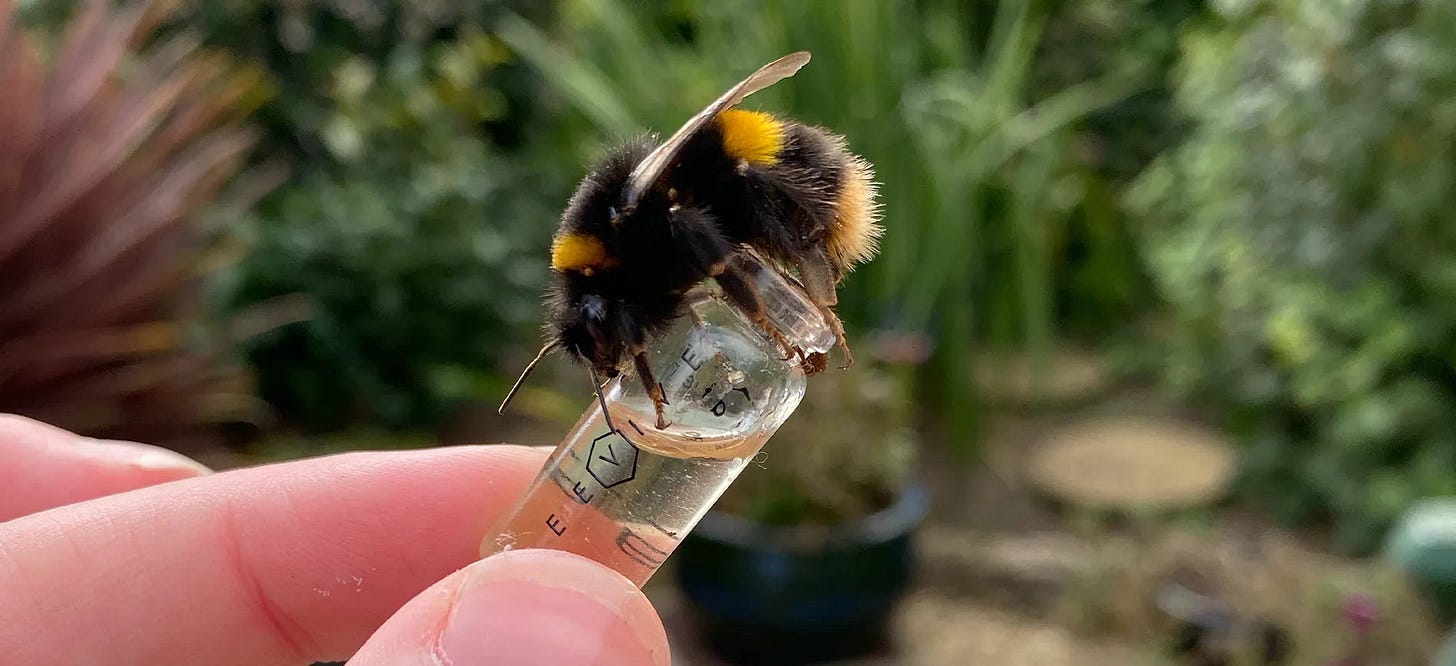We estimate that, as of June 12, 2024, OpenAI has an annualized revenue (ARR) of:
$1.9B for ChatGPT Plus (7.7M global subscribers),
$714M from ChatGPT Enterprise (1.2M seats),
$510M from the API, and
$290M from ChatGPT Team (from 980k seats)
(Full report in app.futuresearch.ai/reports/3Li1, methods described in futuresearch.ai/openai-revenue-report.)
We looked into OpenAI's revenue because financial information should be a strong indicator of the business decisions they make in the coming months, and hence an indicator of their research priorities.
Our methods in brief: we searched exhaustively for all public information on OpenAI's finances, and filtered it to reliable data points. From this, we selected a method of calculation that required the minimal amount of inference of missing information.
To infer the missing information, we used the standard techniques of forecasters: fermi estimates, and base rates / analogies.
We're fairly confident that the true values are relatively close to what we report. We're still working on methods to assign confidence intervals on the final answers given the confidence intervals of all of the intermediate variables.
Inside the full report, you can see which of our estimates are most speculative, e.g. using the ratio of Enterprise seats to Teams seats from comparable apps; or inferring the US to non-US subscriber base across platforms from numbers about mobile subscribers, or inferring growth rates from just a few data points.
Overall, these numbers imply to us that:
- Sam Altman's surprising claim of $3.4B ARR on June 12 seems quite plausible, despite skepticism people raised at the time.
- Apps (consumer and enterprise) are much more important to OpenAI than the API.
- Consumers are much more important to OpenAI than enterprises, as reflected in all their recent demos, but the enterprise growth rate is so high that this may change abruptly.




Hi! We currently don't have a reliable estimate of the cost, but we might include it in the future.